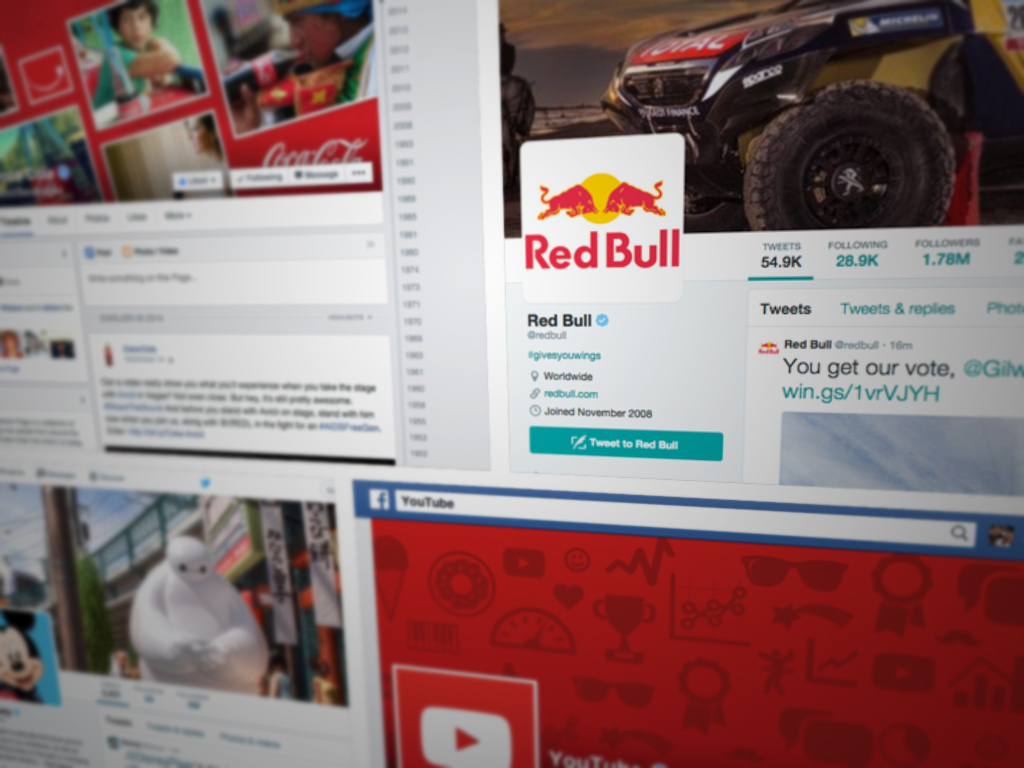Branded social advocacy, or corporate social responsibility, has been an increasingly pressing item on the brand marketing agenda in recent years. John Lewis’ latest seasonal campaign shines a spotlight not only on loneliness at Christmas, but also on brands that are infusing an element of social good into their campaigns. But do such practices provide provable value?
Pete Martin of digital agency The Gate, writing in “The True, The Good, The Beautiful”, begins with a bold maxim on social business:
“Every business is a ‘people business’. Every enterprise is a social enterprise. Every brand is simply the sum of the thoughts and feelings and actions of its community.”
Drawing from the timeless wisdom of philosopher Plato, “The True, The Good, The Beautiful” is an impassioned call to action for brands in the 21st century to address the age-old dichotomy between the pragmatists and the idealists, the number-crunchers and the strategists – and in the context of the business world, the inevitable tension between short-term business targets and the long-term goals. The argument (and there is perhaps growing momentum for the view rippling through the marketing world) is that the balance is tipping towards the more idealized end of the spectrum. Brands increasingly are becoming much more self-aware and proactive on social issues. The key question that must be addressed: is social advocacy indicative of a wider trend in business or is it merely the latest marketing fad?
Can Brands Be Advocates Of Social Good?
One of the enduring questions for brands is whether they can position themselves as advocates of social good while remaining competitive. Do such efforts aid their overall brand value, which can deliver provable ROI, or is it an unnecessary cost? Several notable brands have invested in advocacy. Earlier this year Lisa Lacy reported on how Coca-Cola, Nivea, and the U.S. Navy have used social good to create memorable experiences. In Canada, coffee chain Tim Horton’s have the enviable position of being the country’s best loved brand, due to a culmination of creative marketing (such as their popular pay-it-forward campaign), their grassroots local community work, and fair-trade practices. When it comes to social progress, 2015 has also seen a large number of brands speaking out on the issues of the day. Always for example, have ignited social media with #LikeAGirl and #Unstoppable – an emotive, and incredibly viral campaign that has put the spotlight on society’s underlying gender biases. LGBT issues too, have been one of the breakthrough topics of 2015. Numerous brands, including JELL‑O, JetBlue, Ben & Jerry’s, Cheerios, Tiffany, and Wells Fargo, have voiced their own flavor of support.
#ManOnTheMoon
Evidently, many brands have realized that there is value in aligning their brand and marketing messages with topical social issues and campaigns. One brand that has consistently positioned themselves as advocates of social good is UK department store retailer John Lewis. Their #ManOnTheMoon Christmas campaign brings attention to the issue of loneliness at Christmas:
https://www.youtube.com/watch?v=wuz2ILq4UeAJohn Lewis’ video has garnered nearly 15 million views on YouTube alone as of this writing. The compassionate sentiment seems to have struck a chord with consumers at just the right moment ahead of the Christmas holidays. The sheer number of impressions, combined with significant high-profile press coverage, makes #ManOnTheMoon a clear standout campaign from the UK’s major high-street retailers this Christmas. #ManOnTheMoon reaffirms that consumers will respond to campaigns that incorporate a strong social advocacy message.
Positive Reinforcement & Brand Trust
Why has social advocacy become much more of a brand imperative in recent years? Because in the age of freely-shared information, negative sentiment can be easily amplified on digital channels, and brand trust can consequently be easily eroded. Trust, in essence, has become one of the most valued commodities for brands today. Social advocacy perhaps gives brands a chance to counteract this and rebuild trust. For example, the amount of taxes Amazon pays in the UK has been an enduring story, Volkwagen is in the midst of a crisis over the recent emissions scandal, and brand disasters (e.g., the Jared Fogle arrest) can quickly descend into devastating branding and PR hell. Whereas once there was an expectation for brands mainly to remain competitive, perhaps now it’s necessary for brands to engage in issues of positive advocacy to counteract the effects of trust erosion and negative sentiment. As Martin writes: “Trust is built over time by doing what’s best for the customer, and initiating frequent, relevant communication around that fact.” Social advocacy provides a means for brands to communicate and get involved with topical conversation without re-iterating tired or weary campaign messages, allowing that kind of frequent and relevant communication. On social media especially, campaigns such as Always’ #LikeAGirl, or Dove’s ‘Real Beauty’ campaigns enable brands to engage in a relevant and genuine discourse on topics consumers are already passionate about – and such campaigns also have more longevity, fueled by a substance and need rather than an ulterior brand or marketing agenda.
The Collective Project is a great example of how a branded social agenda can be authentic and inspirational.
As a result, dedicated brands (like John Lewis) that build a reputation over a multitude of years for sustainable and ethical business practices will garner a level of consumer trust. This enables them to fuse a sophisticated blend of corporate messaging with social campaigning, which can pay real dividends. The fact that #ManOnTheMoon is shaping up – if social media impressions are any judge – to be one of their strongest ever seasonal campaigns (a period of the year in which the retailer always performs strongly), is a testament to the kind of dividends that achieving that level of trust can offer.
The Value Of ‘Doing Good’
Clearly, more brands are incorporating a much more social agenda into their marketing campaigns. The issue that brands have wrestled with traditionally is whether “doing good” and being a compassionate business, is merely an added cost, or whether it can deliver a tangible and real-world value to the brand. Ultimately, any drive or campaign in which the goal is brand sentiment will have its advocates and detractors, and those who will question the provable value and ROI of social advocacy. But perhaps the success of #ManOnTheMoon goes some way to affirming this, meeting consumers on points of compassion will never be an exact science. As 1960’s advertiser Bill Bernbach once famously said:
“There are two attitudes you can wear: that of cold arithmetic or that of warm human persuasion. I urge the latter on you. For there is evidence that in the field of communications the more intellectual you grow, the more you lose the great intuitive skills that make for the the greatest persuasion – the things that really touch and move people.”
Social advocacy provides a way for brands to build invaluable brand equity and trust. Over many years, through countless moments and small engagements, brands put themselves in a position in which consumers are willing and eager to genuinely engage with their campaigns. For many marketers, that’s the dream… and perhaps rightfully so it’s difficult to put a number on that.


